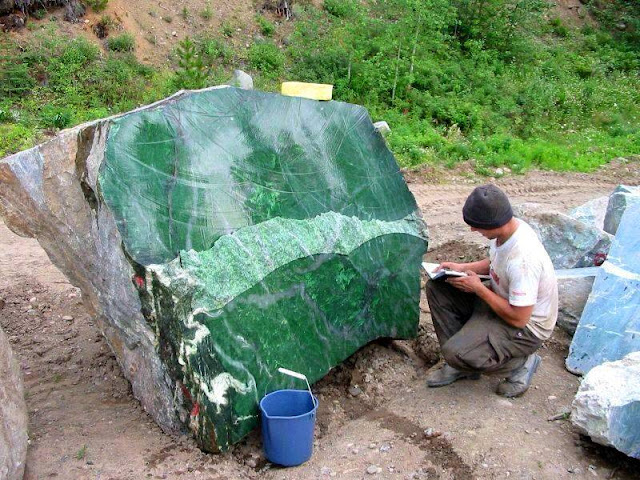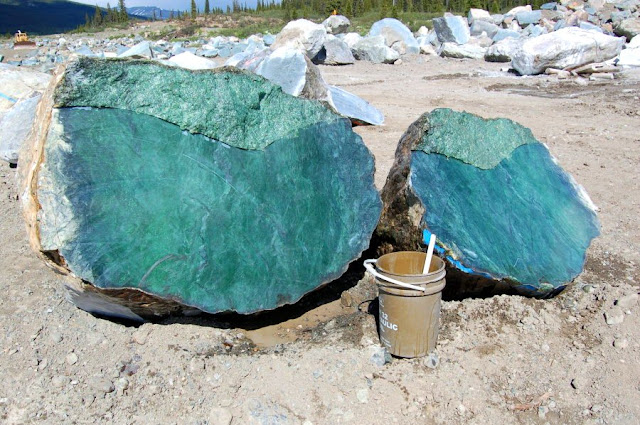Jade rollers: how the West fell for Traditional Chinese medicine-inspired facial beauty tool that’s old hat to many in China
Lauded for their supposed ability to tone, de-puff and brighten facial skin, jade rollers are a hit with Western beauty bloggers and celebrities like Meghan Markle and Rachael Ray – but not with their Chinese counterparts
PUBLISHED : Monday, 17 September, 2018, 7:17pm
UPDATED : Monday, 17 September, 2018, 8:07pm
Jessica Rapp
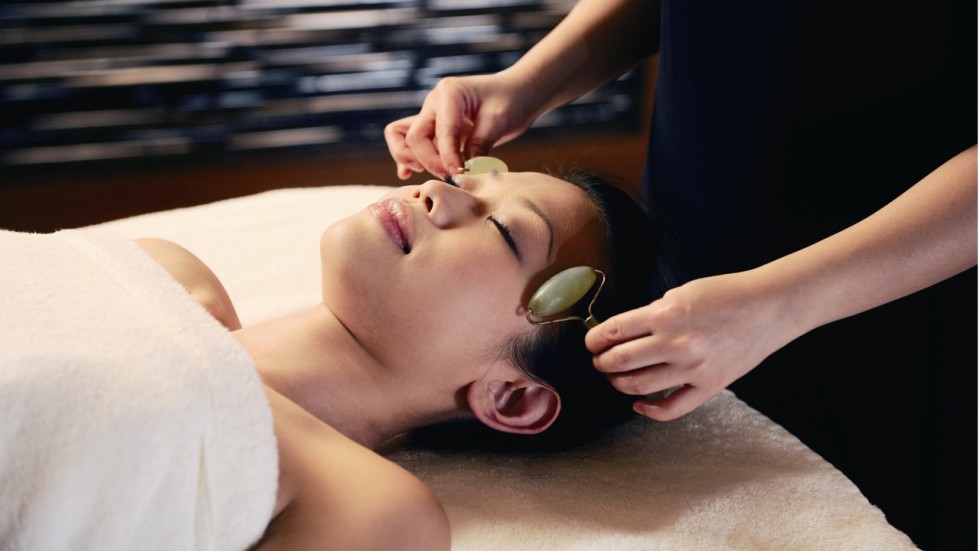
Paraded as one of the simplest solutions to facial perfection, the jade roller has swept across Western social media like wildfire. From top beauty bloggers and vloggers to celebrities including Meghan Markle and Rachael Ray, all swear by the ancient Chinese tool for its ability to tone, de-puff and brighten facial skin.
In China, things are a lot different. The jade roller is not a new fad, but a centuries-old device with properties based around ideas in traditional Chinese medicine (TCM).
“During the Qing dynasty, emperors used the power of jade to draw out negative ‘chi’ [energy],” explains Misty Stewart, spa director at the Mandarin Oriental Hong Kong. “Jade rollers have been considered a long-guarded treasure by Chinese royalty. In Chinese medicine, jade is referred to as the ‘stone of heaven’ and represents health, wealth, longevity and prosperity.”
Unlike their Western counterparts, Chinese beauty bloggers are not gushing over the ancient derma rollers and sending followers to e-commerce sites to buy their own. In China, rollers can be found atop hawkers’ dusty tables in front of tourist sites like the Forbidden City, which is where Beijing resident Hellen Shen found hers a number of years ago.

A jade roller sold by New York’s Ling Skin Care chain.
Shen says at first she simply thought the tool was beautiful, and it mostly sat in her room unused. Later, she saw one of the characters in a popular Chinese television drama, Empresses in the Palace, using a jade roller, and it inspired her to use it more often. She now keeps it in her fridge to enhance the jade stone’s natural cooling properties and uses it to massage facial oil into her skin, using gentle, circular motions.
New York-based facialist Ling Chan, who grew up in Hong Kong, has a theory as to why jade rollers blew up in the US.
“The internet spreads ideas very quickly, and everyone wants to learn beauty secrets from Asia,” she says. “Plus, it’s easy to get and to use. It’s such a low investment that everyone can do it.”

Jade rollers to be used in a facial treatment
Compared to the often pricey single-use face masks that K-beauty is known for, and hi-tech Japanese facial massagers available at Saks Fifth Avenue, the jade roller certainly stands out for its affordability. One can cost as little as US$10 on Amazon (and they can run even cheaper on Taobao), but Ling warns that consumers should make they are getting real jade. She sells her own version of the roller for US$90, which she says is priced for its quality – for one, the metal does not squeak on the stone when rolled.
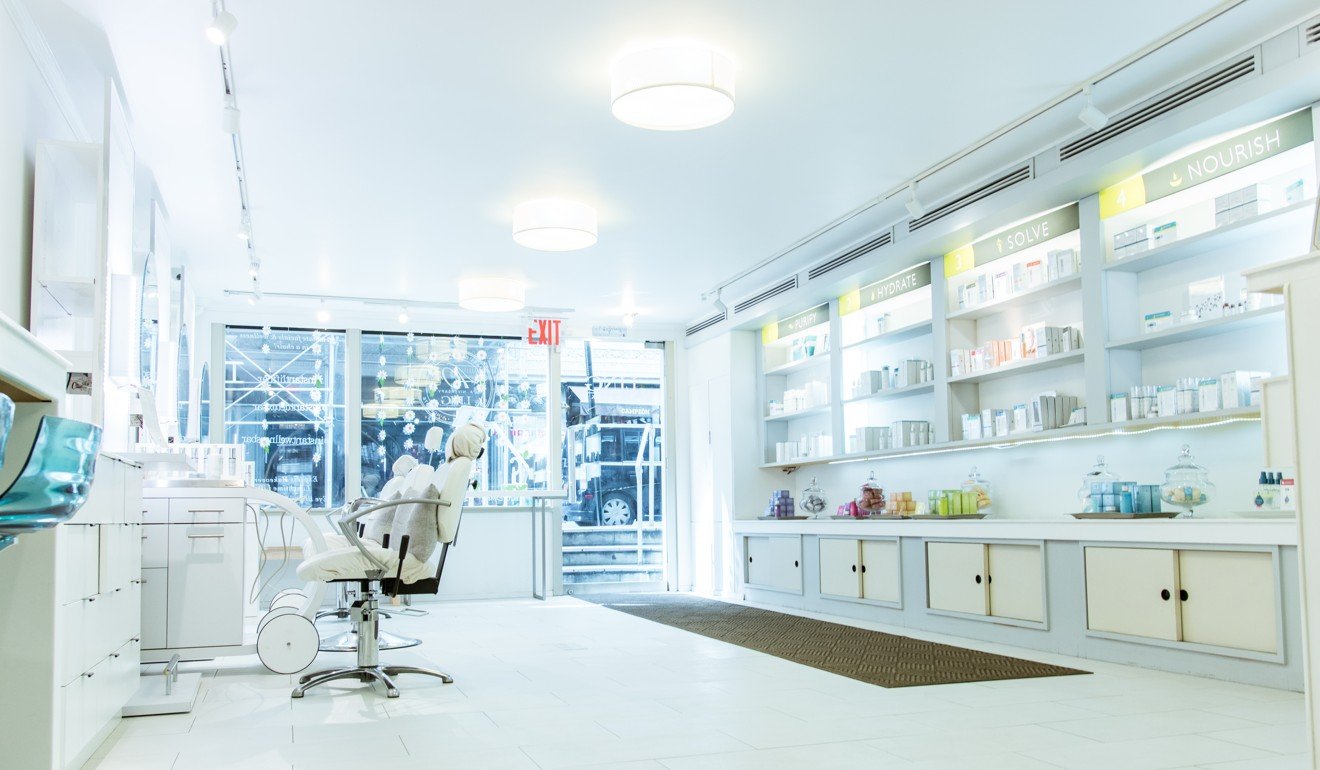
Ling Skin Care branch in New York.
Chan introduced the tool at her Ling Skin Care outposts in Manhattan after first coming across one at a tourist site during a trip to China.
The jade roller treatments are popular for people that prefer a natural alternative to technology MISTY STEWART
Sceptics argue that the roller is no more than a massage tool that possibly helps drain lymph nodes and has anti-inflammatory properties. Chan, however, is so set in her belief in jade that she uses the stone in her other daily routines as well. In 2002, she even made headlines for sleeping with a 9-inch by 15-inch (23cm by 38cm) jade pillow.
But despite its accessibility, is the jade roller just another 24-carat gold Korean beauty mask or unicorn body scrub for millennials?
Celebrities in the beauty and wellness industry are always looking for the next all-natural, accessible, DIY fad. Lifestyle brand Goop, for example, which drew criticism for promoting jade eggs to improve sexual health, is now touting derma rollers made from rose quartz – a crystal associated with love in feng shui – that are supposed to have similar soothing effects on the skin as jade.

An antique jade roller
Meanwhile, facials based on the principals of gua sha – a TCM-based detoxing technique that involves repeatedly scraping the skin with a smooth, blunt instrument – have recently appeared. Performed to cure breakouts or relieve dryness, the process involves dragging a slim slab of jade or rose quartz across the skin of the face.
Back in China, jade is being injected into spa packages in the form of luxurious, traditional Chinese experiences as more spas embrace a combination of both modern and traditional wellness techniques. The Chi Spa at Beijing’s China World Summit Wing hotel, for example, offers an “Empress Imperial Jade Journey”, a three-hour full body scrub and massage, topped off with a jade facial.

Interior of the spa at the Mandarin Oriental Hong Kong.
Stewart says the “Imperial Jade Ritual” at the Mandarin Oriental Hong Kong spa – which features jade roller facials – is one of their most popular. The two-hour service starts with a herbal compress and reflexology to open meridian energy lines, then moves on to a Chinese-style massage followed by a sesame and ground-rice scrub, and then a green tea and algae body mask. It finishes with a ginseng face mask massaged in with jade rollers, “ensuring equilibrium in mind and body”.
“The jade roller treatments are popular for people that prefer a natural alternative to technology,” Stewart says. “Many guests of ours have bought jade rollers at our retailer after the treatment so they could continue to use them at home and enjoy the benefits.”
Chan, however, believes millennial Chinese consumers are not going to be flooding their WeChat Moments feed with the tool any time soon.
“Every Chinese consumer knows the benefits of jade, but they love to look to the West for inspiration,” she says. “Consumers in China are constantly chasing the trends on the other side of the world.”




 Reply With Quote
Reply With Quote


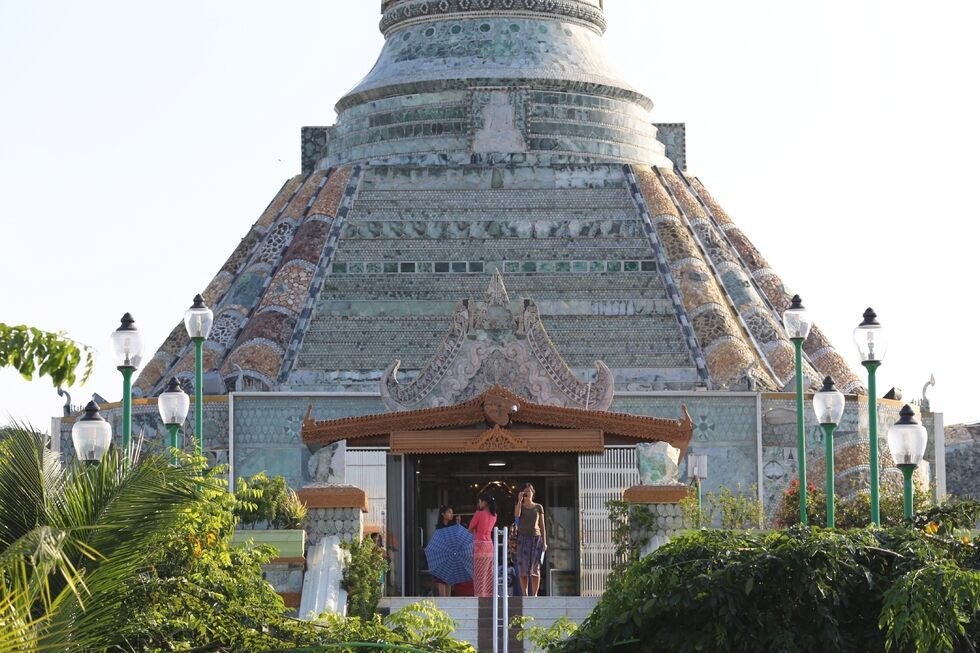
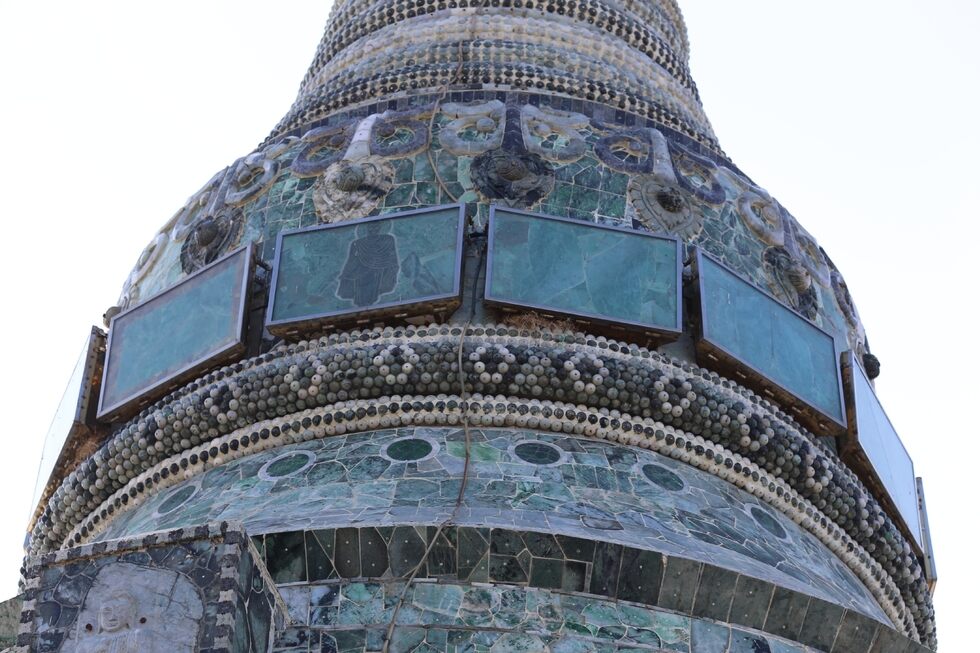









 .
.













